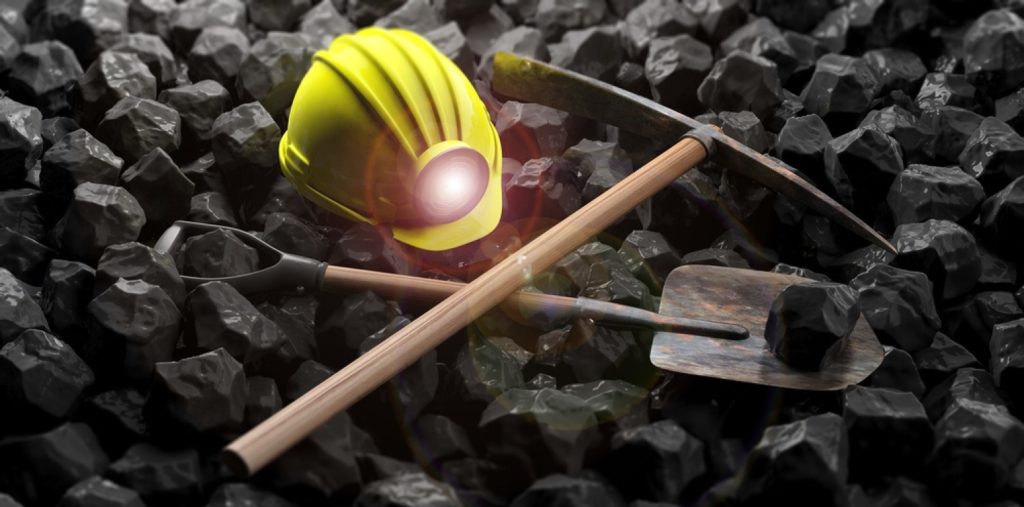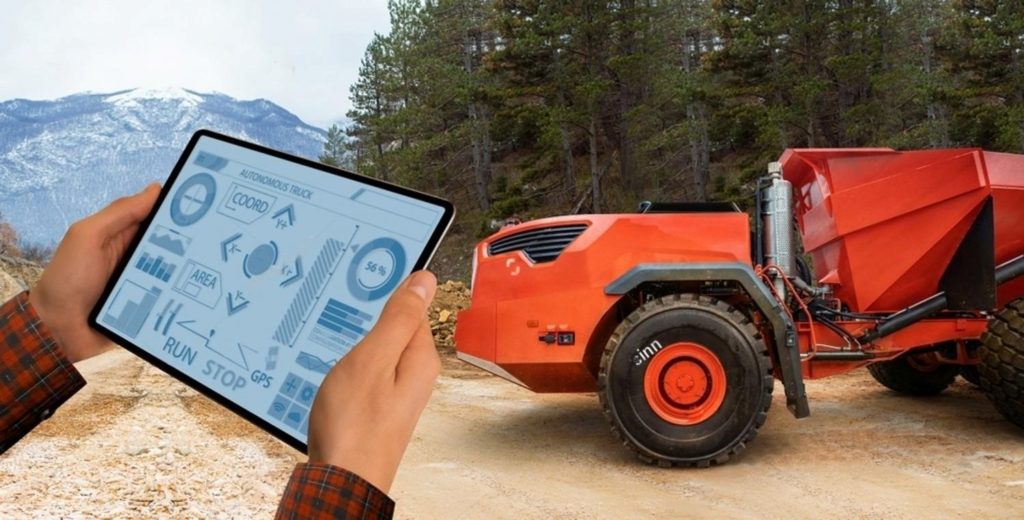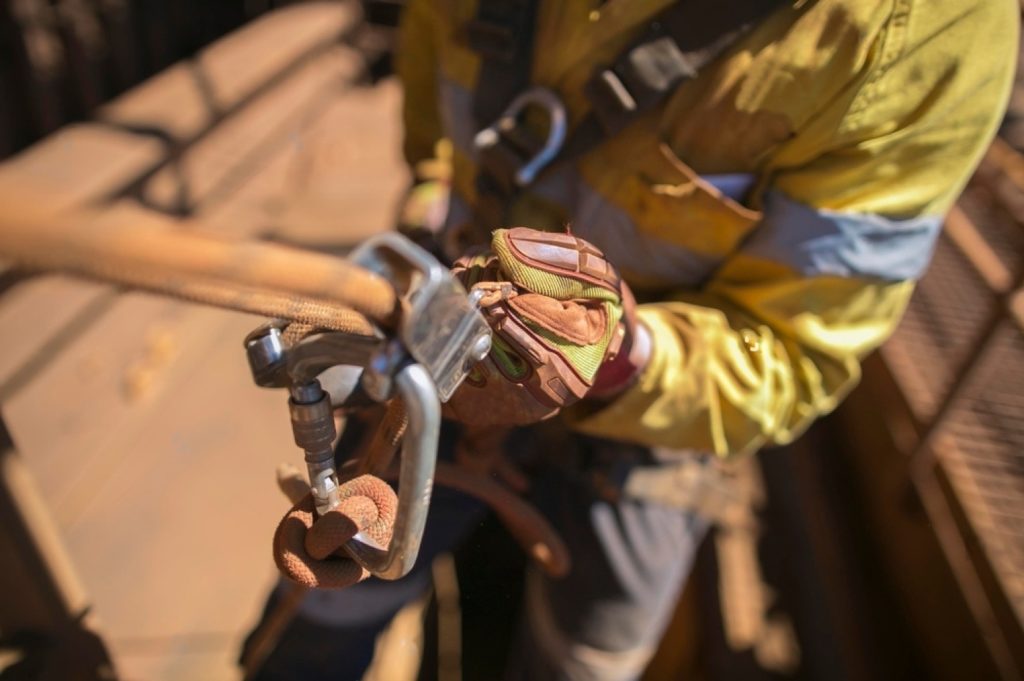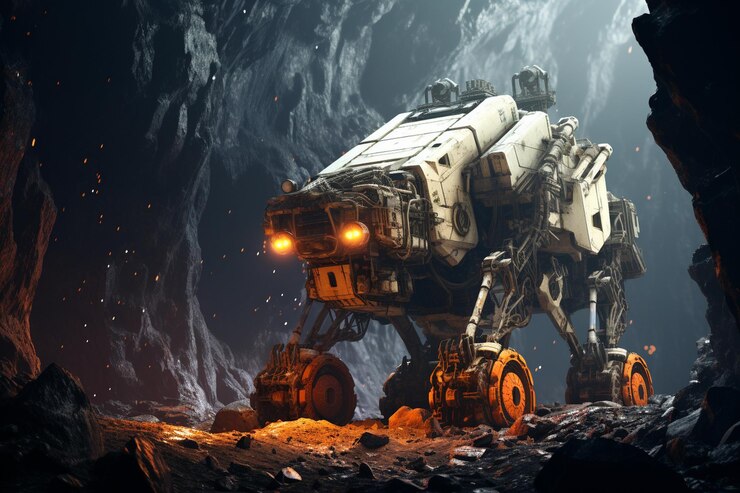The evolution of mining, from the rudimentary use of pickaxes by early miners to the sophisticated machinery employed today, mirrors humanity’s relentless pursuit of efficiency and innovation. This transformation is not just about the replacement of manual labor with machinery but represents a fundamental shift in how we extract valuable resources from the earth. Modern mining equipment has revolutionized the industry, making it safer, more efficient, and environmentally friendly. This blog delves into the profound changes that have occurred in the mining sector, exploring the technologies and innovations driving this transformation.

The Dawn of Mechanization
Historically, mining was labor-intensive and perilous, with miners relying on pickaxes, shovels, and manual drills to break through rock and soil. The introduction of steam-powered machinery in the 19th century marked the beginning of mechanization in mining, significantly boosting productivity and reducing some of the physical dangers associated with manual labor. However, it wasn’t until the 20th century that we witnessed a dramatic acceleration in the evolution of mining technology.

The Leap to Automation and Electrification
In recent years, the mining industry has seen a seismic shift towards automation and electrification, driven by advancements in artificial intelligence (AI), robotics, and battery technology. Autonomous drilling rigs and self-driving trucks are becoming increasingly commonplace in open-pit mines, enabling operations to continue 24/7 without the constraints of human shifts and reducing the risk of accidents.
Electrification of mining equipment, from electric drills to battery-powered underground vehicles, is significantly reducing the industry’s carbon footprint. Traditional diesel-powered machinery emits substantial amounts of carbon dioxide and particulate matter, contributing to environmental pollution and health risks for mine workers. Electric equipment not only addresses these issues but also offers improved performance and lower operating costs.

The Integration of Digital Technologies
Digital technologies are at the heart of the modern mining revolution. The integration of the Internet of Things (IoT), big data analytics, and cloud computing in mining operations has ushered in a new era of efficiency and safety. Sensors installed on equipment collect real-time data on their condition and performance, facilitating predictive maintenance and reducing unexpected downtime. Moreover, digital twins—virtual replicas of mining operations—allow managers to simulate and optimize processes without disrupting actual operations.
GPS and GIS technologies have also transformed exploration, enabling geologists to identify potential mining sites with unprecedented precision. This precision minimizes the environmental impact of mining by reducing the need for exploratory drilling and allowing for more targeted extraction processes.

Enhanced Safety and Environmental Protection
Modern mining equipment and technology have substantially improved safety in the mining industry. Automated equipment can be operated remotely, reducing the need for human presence in hazardous areas. Drones are increasingly used for surveying, mapping, and monitoring, tasks that would otherwise put workers at risk.
Environmental protection has also benefited from modern mining technologies. For example, remote sensing and monitoring technologies help in managing and reducing the impact of mining on ecosystems. Water recycling systems in mining operations have significantly reduced water consumption, a critical consideration in water-scarce regions.

The Future of Mining Equipment
Looking ahead, the future of mining equipment and technology appears even more promising. Innovations such as machine learning and AI are expected to further enhance operational efficiencies, predictive maintenance, and safety measures. The potential for further electrification and the use of renewable energy sources in mining operations could pave the way for a more sustainable and responsible mining industry.
Moreover, ongoing research and development in robotics and automation hold the promise of fully autonomous mines, where human intervention is minimal and confined to monitoring and control. Such advancements could further mitigate the risks associated with mining, making it a safer and more attractive profession.

Conclusion
The transformation from pickaxes to power in the mining industry is a testament to human ingenuity and our capacity for innovation. Modern mining equipment and technologies have revolutionized the way we extract resources, bringing about improvements in efficiency, safety, and environmental sustainability. As we continue to innovate and adopt new technologies, the mining industry is set to become even more efficient, safe, and less impactful on the environment. The journey from manual labor to advanced machinery and digitalization reflects a broader trend towards embracing technology to tackle our most pressing challenges, heralding a new era of mining that is smarter, safer, and more sustainable.



